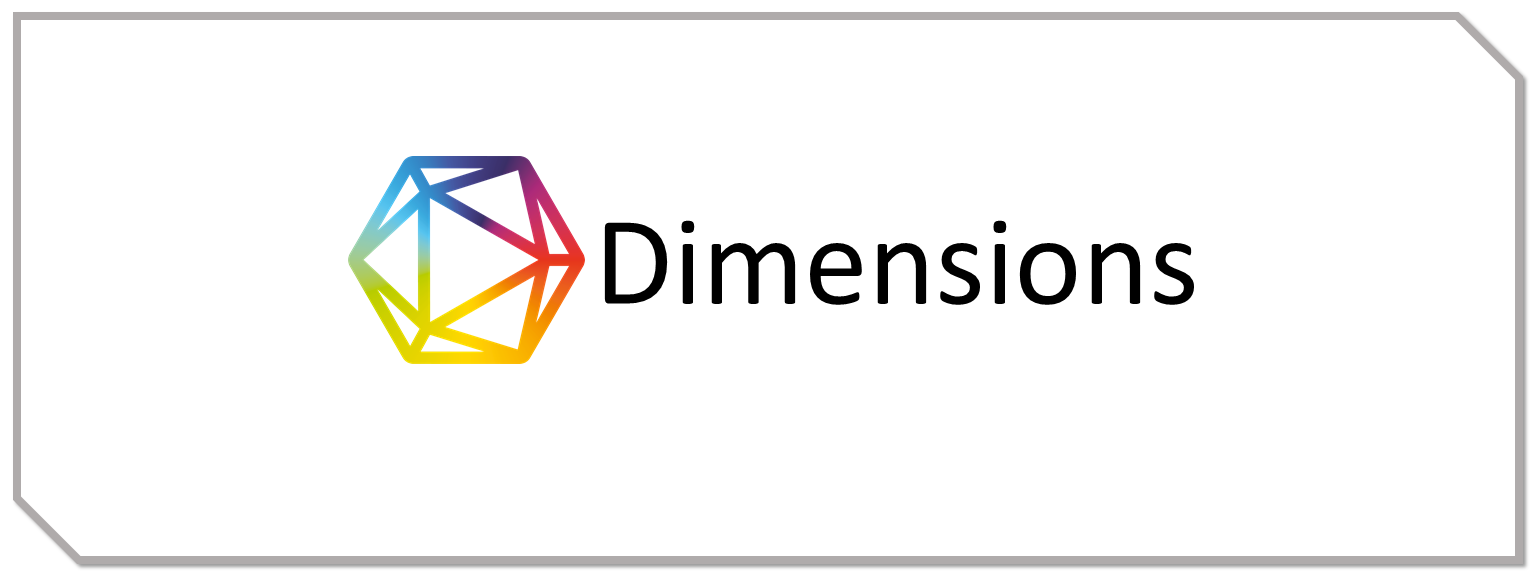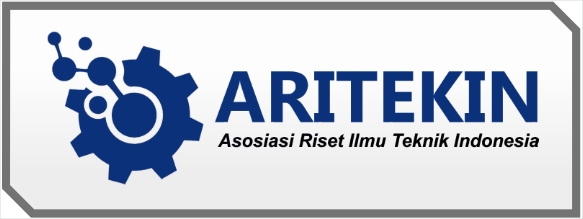The Effect of Pressing Fish Waste Meal at Pasar II Natal on Protein, Fat, and Energy Content
DOI:
https://doi.org/10.55606/icesst.v2i2.322Keywords:
Fish Waste Meal, Pressing, Protein, Fat, EnergyAbstract
The purpose of this study was to determine the effect of pressing fish waste flour in the Christmas II market on protein, fat, and energy content. The research method used in this study was a completely randomized design (CRD), which consisted of 4 treatments and 5 replications. The following were performed: P0: Fish waste flour from poultry; P1: Fish waste flour is dried under the sun; P2: Fish waste flour is pressed and dried in the sun; P3: Fish waste flour is pressed in the oven with a temperature of 400C. The research parameters are the content of crude protein, crude fat, and gross energy. The results of this study showed that the effect of pressing fish waste flour on the II Natal market showed that the highest crude protein content was in the P0 treatment (fish waste flour from poultry); Crude fat and gross energy were highest in treatment P1 (fish waste flour dried under the sun). The results of analysis of crude protein in samples of fish meal treatment, it was found that the one with the highest crude protein content was treatment P0 (fish waste flour from poultry) which was 53.07% then treatment P2 (pressed fish waste flour dried under the sun) with an average 43.31% and P3 (pressed fish waste flour in the oven with a temperature of 400C) of 42.66% and the one with the lowest crude protein content was 41.81%, namely treatment P1 (waste fish flour dried under the sun). The lowest percentage of crude fat content was found in treatment P0 (fish waste flour from poultry) which was 0.16% and the highest was in treatment P1 (dried fish waste flour in the sun) which was 2.93% and the highest gross energy was 2,852.46 cal /100g in treatment P1 (fish waste flour drying under the sun), and the lowest was 2,252.63 cal/100g in treatment P0 (fish waste flour from poultry). The results of the analysis of variance for the content of crude protein, crude fat, and gross energy content showed very significant differences (P<0.01) in this study. The results of the test of variance which were very significantly different were then tested further using the honest significant difference (BNJ) follow-up test according to the respective coefficient of diversity.
References
Adawiyah, R. 2007. Pengolahan dan Pengawetan Ikan. PT Bumi Aksara.
Afrianto E dan E Liviawaty. 2005. Pakan Ikan dan Perkembangannya. Kanisius. Jakarta. 148pp.
Anam, C. dan Indarto, C., 2018. Produksi Tepung Ikan Rucah Untuk Peningkatan Pendapatan Nelayan di Paciran Lamongan. Aksiologiya: Jurnal Pengabdian Kepada Masyarakat, 2(2), pp.160-169.
Ali,M. 2009. “TepungIkan”.http://nakedfisher.blogspot.com/2009/06/tepung-ikan. html, diakses tanggal 4 Oktober 2022.
Almatsier. 2009. Standart Prinsip dasar ilmu gizi. Jakarta : PT Gramedia Pustaka Utama, hlmn: 3, 238, 247.
Siregar, D. J. S. 2018. Pemanfaatan tepung bawang putih (allium sativum l) sebagai feedadditif pada pakan terhadap pertumbuhan ayam broiler. Jurnal Ilmiah Abdi Ilmu, 10(2), 1823-1828.
Siregar, D. J. S., Warisman, W., dan Zamriyetti, Z. 2023. Pemberdayaan Masyarakat Dengan Budidaya Maggot Dan Pupuk Kasgot Untuk Meningkatkan Nilai Guna Sampah Organik Rumah Tangga. Jurdimas (Jurnal Pengabdian Kepada Masyarakat) Royal, 6(4), 598-604.
Dirjennak. 2010. “Pembangunan Pabrik Pakan Skala Kecil dan Proses Pengolahan Pakan”. Direktorat Ternak Non Ruminansia, Direktur Jendral Peternakan. Jakarta.
Harris, H., Efreza, D., dan I. Nafsiyah, 2012. “Potensi Pendirian Pabrik Pengolahan Tepung Ikan Skala Home Industri dari Limbah Ikan Hasil Pengolahan Makanan Tradisional Khas Palembang”. Jurnal Pembangunan Manusia, 6 (3): 291-305.
Hasibuan, RD. 2007. Penggunaan Meat Bone Meal (MBM) sebagai Bahan Subtitusi Tepung Ikan dalam Pakan Ikan Patin Pangasius sp. Skripsi. Departemen Budidaya Perairan. Fakultas Perikanan dan Ilmu Kelautan Institut Pertanian Bogor.
Ketaren, S. 2005. Pengantar teknologi minyak dan lemak pangan. Jakarta: UI Press. 272 hlm.
Kurnia, P dan Purwani, E. 2008. Pemanfaatan Ikan Kembung Sebagai Bahan Baku Tepung Ikan Ditinjau Dari Kadar Abu, Air, Protein, Lemak dan Kalsium. Jurnal kesehatan ISSN 1949-7621.
Purnamasari, E., Bambang, I.G. dan Andi, N.A., 2006. Potensi dan pemanfaatan bahan baku produk tepung ikan. Jurnal EPP, 3(2), pp.1-7.
Rejeki, P.S., Widiatmaja, D.M. dan Sari, D.R., 2022. Buku ajar metabolisme energi dan regulasi suhu tubuh. Airlangga University Press.
Tugiyanti, E dan N.Iriyanti. 2012. “Kualitas Eksternal Telur Ayam Petelur yang Mendapat Ransum dengan Penambahan Tepung Ikan Fermentasi Menggunakan Isolat Produser Antihistamin”. Jurnal Aplikasi Teknologi Pangan, 1 (2): 44-47.
Sumadi, I. K. 2017. Prinsip-Prinsip Ilmu Gizi Ternak Babi. Bali: Fakultas Peternakan Universitas Udayana.
Susanto, A. dan A. Nurhikmat. 2008. Pengaruh proses perebusan, pengukusan dan pengepresan terhadap kualitas tepung ikan. Prosiding seminar nasional tahunan V hasil penelitian perikanan dan kelautan. Pasca Panen Hasil Perikanan dan Bioteknologi. Yogyakarta: UGM. [terhubung berkala] http://www.faperta.ugm.ac.id/semnaskan/abstrak /prosiding2008/oral/a_PP_A.php. [Diakses: 21 Mei 2022].
Tucker CS and JA Hargreaves. 2004. Biology and Culture of Channel Catfish. Elsevier. 676 pp. p:280-289.
Widyasari, R.H.E., Kusharto, C.M., Wiryawan, B., Wiyono, E.S. dan Suseno, S.H., 2013. Pemanfaatan limbah ikan sidat Indonesia (Anguilla bicolor) sebagai tepung pada industri pengolahan ikan di Palabuhanratu, Kabupaten Sukabumi. Jurnal gizi dan pangan, 8(3), pp.217-220.
Windy.A.S., dan D. Setyawan. 2010. “Pemanfaatan Limbah Ikan Menjadi Pupuk Organik”. Universitas Pembangunan Nasional Veteran. Jawa Timur.















